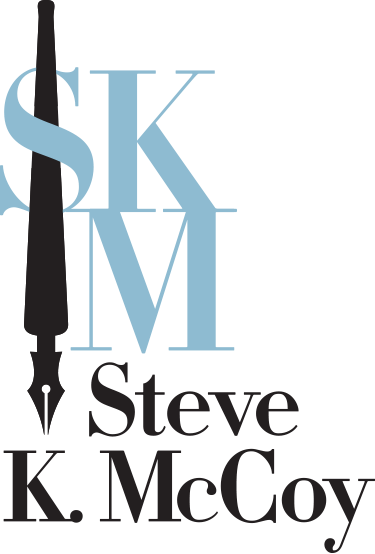As I'm training guys in my church to preach, I quickly wrote out a very brief outline of how I prepare a sermon. It's incomplete and will seem vague to some of you. There are many things I don't mention, like finding/using illustrations, choosing commentaries, prayer, practicing the sermon and revising it, etc. But this was written for those I'm discipling who I'm interacting with a few times a week, so I can fill in the blanks verbally when they are missing. Nonetheless, I still thought it might be good for discussion here and to get feedback.
FYI and for context. I generally preach through Bible books (not topically). I treat different genres of Scripture very differently, and this outline is meant to be more general, not genre specific. I currently do all my sermon prep in a Moleskine. I write out any sermon study notes within, then organize the sermon in it, and take it into the "pulpit" with me.
How to Study the Bible for a Sermon
- Choose the text.
- Read and reread the text in its context (including the whole book of the Bible, if possible). Start with just reading and as you continue in the rereads, make notes where important words and ideas are found. Write down any wordy you need to study. Write down any other passages you might need to reference (read all cross-references listed in your Bible).
- Write (or type) the “flow” of the passage (write out the passage word for word according to its logic and structure). Use the natural idea breaks and transitions to form the “flow” of the passage.
- From the textual “flow” from #3, write out a brief hermeneutical outline that you get from the passage. This should be rigid and cold, merely describing the main thoughts of the passage as they are derived. There will probably be 3-5 ideas here directly from the passage that will describe the argument or direction of the narrative.
- From the hermeneutical outline from #4, write out a corresponding homiletical outline that will be used as a backbone to your sermon. This can and often does change as the passage is studied further, but it’s good to get it now. The points can be, but sometimes are not, broken up the same as the hermeneutical outline.
- Write out one sentence that describes the main idea of the passage in terms of what you believe the sermon should say and what you believe the result should be in the lives of people. The sermon should really only make one point. (example: The Lord’s Prayer has been given by Jesus to show us a solid backbone for faithful intercession.)
- Now take a few good commentaries and read through their ideas. How do they compare with your outlines and thoughts? How do they disagree with you? Should you change how you view the passage, the general argument, the main point? Do they give any thoughts about application in the lives of the Church? Is there something you need to study a little more? Also, pull from other books, theologies and reference materials that are pertainent to the topic/passage/point. Use the indexes in the books to find their thoughts on the passage.
- Read and study other passages that will inform your study of the passage or be helpful in explaining your passage. Look at commentaries on the other passages as needed. Don’t be afraid to throw out passages that just don’t fit your passage or purpose.
- Tweak your above outlines (#4 & #5) and main idea sentence so that you have a finalized sermon outline in which you are confident.
- Start writing the sermon body starting with the first point of your sermon outline through the final point. Focus on the flow of thought from the point, to the explanation of the point from the passage, to illustrating the point, to building a transitional sentence to the next point.
- Once the sermon body is complete, write the conclusion, making sure that the main point of the sermon is clear.
- Finally, write the introduction. The introduction should make the church ask questions in their heads that the sermon will then answer. You can use questions, a story, a reflection on the world or culture or your life, or any number of things to draw in the listeners.
